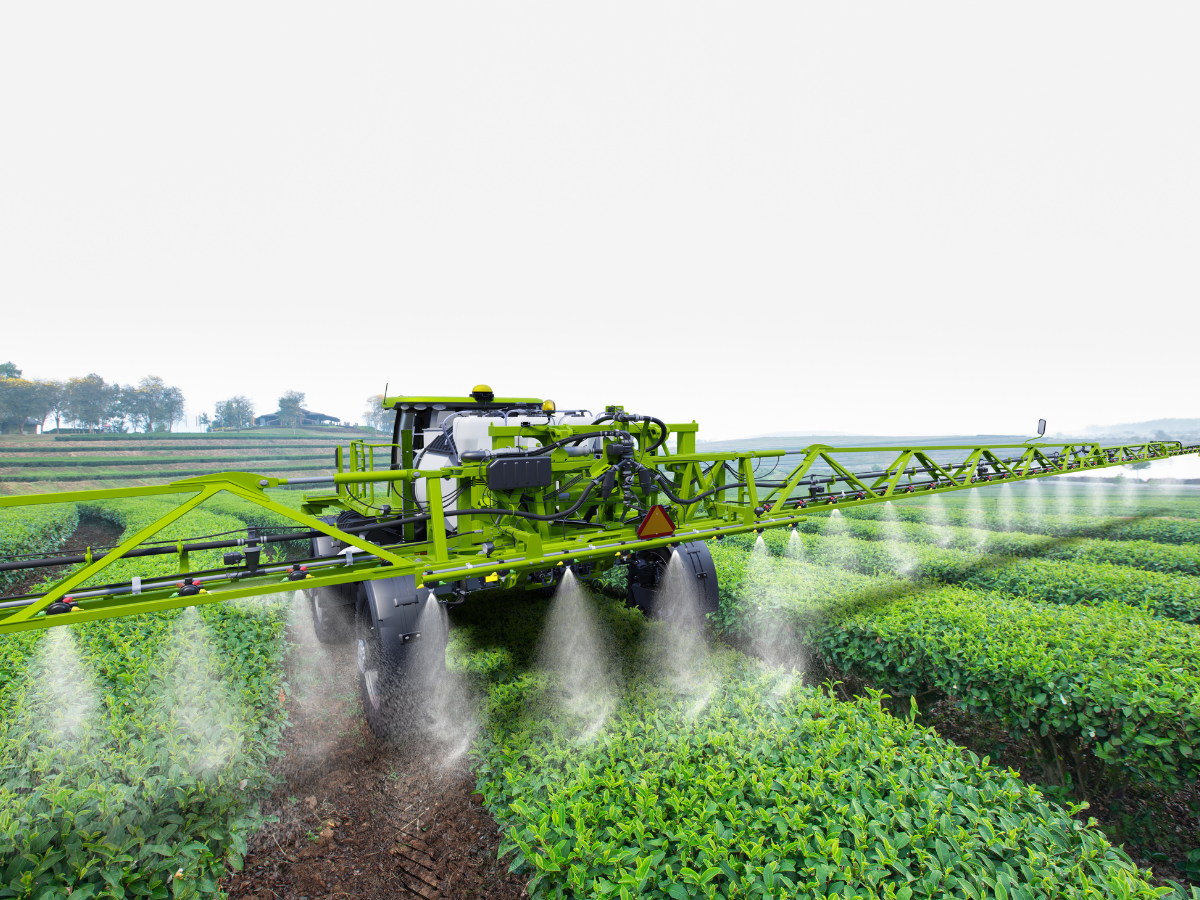Precision Farming 101: A Comprehensive Guide to Modern Agricultural Practices

In the realm of agriculture, the advent of technology has paved the way for transformative practices, and precision farming stands at the forefront of this agricultural revolution. Precision farming, also known as precision agriculture or smart farming, leverages cutting-edge technologies to optimize crop yields, minimize environmental impact, and enhance overall efficiency. This comprehensive guide delves into the core concepts of precision farming, exploring its components, benefits, and the future it promises for sustainable agriculture.
Understanding Precision Farming
Precision farming involves the use of advanced technologies to tailor agricultural practices to the specific needs of each plant or animal, as opposed to treating an entire field uniformly. This targeted approach enables farmers to make informed decisions based on real-time data, ensuring optimal resource allocation and reducing waste. The key components of precision farming include:
- GPS Technology:
Global Positioning System (GPS) is the cornerstone of precision farming. GPS technology enables farmers to map fields accurately, track equipment movements, and create precise navigation routes for machinery. This not only enhances efficiency but also minimizes overlaps and gaps in field coverage. - Sensors and Automation:
Sensors play a crucial role in collecting data related to soil health, moisture levels, temperature, and crop conditions. Automated machinery equipped with these sensors can adjust their operations in real-time based on the data received. For example, automated irrigation systems can optimize water usage by responding to soil moisture levels. - Drones and Satellites:
Unmanned Aerial Vehicles (UAVs) and satellites provide farmers with high-resolution imagery of their fields. This aerial perspective helps in monitoring crop health, identifying areas of stress, and assessing the effectiveness of various treatments. Drones can quickly cover large areas, offering a cost-effective means of data collection. - Variable Rate Technology (VRT):
VRT enables farmers to vary the rate of inputs (such as seeds, fertilizers, and pesticides) across a field based on spatial variability. By tailoring inputs to the specific needs of different areas within a field, farmers can optimize resource utilization, reduce costs, and minimize environmental impact.
Benefits of Precision Farming
- Increased Efficiency:
Precision farming streamlines operations, minimizes waste, and optimizes resource use. This results in increased overall efficiency, allowing farmers to achieve more with fewer resources. - Cost Savings:
By using inputs more judiciously and reducing unnecessary overlaps, farmers can cut down on costs related to fuel, fertilizers, and pesticides. This not only benefits the bottom line but also contributes to sustainable agricultural practices. - Environmental Sustainability:
Precision farming promotes environmentally sustainable practices by minimizing the use of inputs and reducing the environmental impact of farming activities. This, in turn, helps preserve natural resources and biodiversity. - Improved Crop Yields:
The targeted approach of precision farming, based on real-time data and analysis, leads to better decision-making. This, in turn, results in improved crop yields and overall farm productivity.
The Future of Precision Farming:
As technology continues to advance, the future of precision farming holds even greater promise. Integration of Artificial Intelligence (AI), machine learning, and robotics is expected to further enhance the capabilities of precision farming systems. Predictive analytics and advanced modeling can provide farmers with insights into potential challenges and solutions, enabling proactive decision-making.
Precision farming represents a paradigm shift in agriculture, transforming traditional practices into a data-driven, technology-infused approach. As farmers increasingly adopt precision farming techniques, the industry is poised for increased sustainability, productivity, and resilience. This comprehensive guide provides a foundational understanding of precision farming, empowering farmers to embrace these modern agricultural practices for a more efficient and sustainable future.






